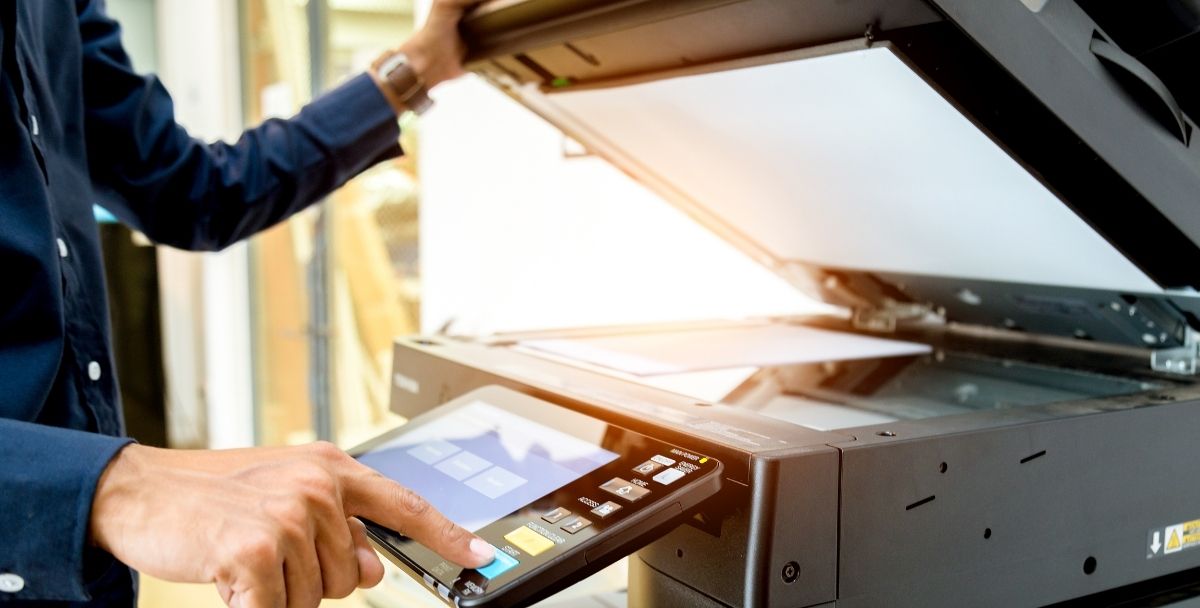Why We’ll Still Be Using Printers 20 Years From Now

The idea of a paperless workplace has been floating around for a long time. Those enthralled by technological applications believe that this is a viable option. As a result, they’ve been predicting the printer’s demise for quite some time.
A large portion of the publishing business has shifted to the online realm. Because publishing and printing are so closely related, this has impacted the printing sector.
To top things off, the oncoming digital era is putting even greater pressure on traditional print. We now have a greater need than ever before to share knowledge quickly and effectively. A large part of the problem is the necessity for a secure mechanism to store the data.
Even so, don’t be fooled: printers like A3 printers aren’t going away anytime soon, as some have predicted. As it is now, the paperless society is still a work of fiction, and we’ll explain why. For several reasons, the printer will last at least another 20 years:
Digital technologies are not as impenetrable as people portray them to be
Isn’t digitalization the most reliable method to preserve and disseminate information? Maybe it is. However, there are additional factors to consider. True, technology has changed the way we deal with data. In the vast majority of cases, it has been a beneficial shift.
Printers, after all, are a type of technology. The idea that printers will become outdated, on the other hand, has serious flaws. Imagine the option of storing and utilizing information solely in pdf format.
These software applications need an update from time to time, meaning it’s easy to lose your work if you fail to do so.
There is no substitute for paper’s cost-effectiveness and simplicity.
First and foremost, it is much easier on the eyes. We don’t think technology will ever be able to replicate the exquisite juxtaposition of black ink on white paper. Most people still value reading as a helpful experience.
In simple terms, no alternative comes close to replicating the advantages of a single sheet of paper. Urgency, adaptability, simplicity, and price are just a few characteristics that can’t be duplicated. File formats and software programs vary throughout time. Meaning you can lose data whenever there’s an upgrade in technology.
The printer will automatically adapt to meet the increasing needs, as it has in the past.
Printers haven’t always been as advanced as they are now. The electronics that currently reside on our workplace desks are far more modest, attractive, and versatile than they have ever been.
Here are a few examples of these apps:
- Using the cloud
- Multi-functionality
- Increased duty cycles and printing rates
- Wireless and network connectivity
- Alternatives for saving money
These are only a handful of the features available in today’s printers. They’ll likely become even more effective and helpful to users in the future. Manufacturers will ensure supply as long as there is a need and market.
Are you ready to rethink your plans for the future? If so, look into Konica Minolta, who provides various services to help you work smarter, save money, enhance efficiency, and be more sustainable.
